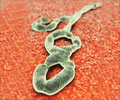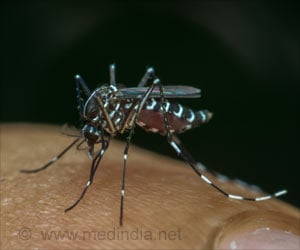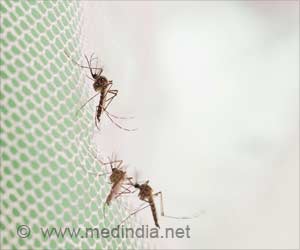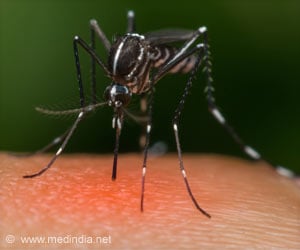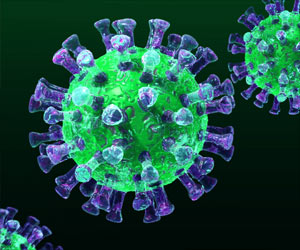
More than 22,000 people have been infected with Ebola and 8,795 have died in Guinea, Sierra Leone and Liberia. Scientists are starting to analyze hundreds of blood samples from Ebola patients in Guinea.
They are tracking how the virus has changed and tried to establish whether it's able to jump more easily from person to person.
It's not unusual for viruses to change over a period time. Ebola is an RNA virus, like HIV and influenza, which have a high rate of mutation. That makes the virus more able to adapt and raises the potential for it to become more contagious.
Another common concern was that while the virus has more time and more "hosts" to develop in, Ebola could mutate and eventually become airborne.
However, there's no evidence to suggest that this was happening, because the virus was still only passed through direct contact with infected people's body fluids.
Advertisement
Another 600 samples are being sent to the labs in the coming months.
Advertisement

